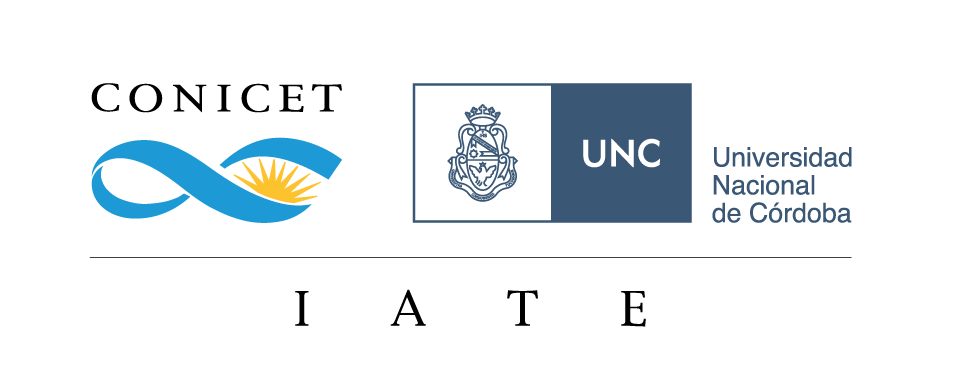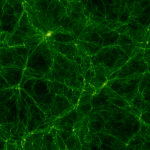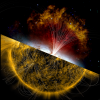
Expositor: Dr. Victor de Souza Magalhães (Institut de Radioastronomie Milimetrique – IRAM)
Fecha: Viernes 13 de Abril de 2018, 11 hs, Auditorio IATE.
Resumen:
The existence of interstellar molecules raises the question, are these molecules the same molecules we see on the Solar system today? This is still an open question with far reaching consequences. Some light may be shed on this issue if we are able to trace the heritage of a group of chemically linked molecules, a so-called reservoir. The best tool to trace the heritage of reservoirs are isotopic ratios. The element that shows the largest isotopic ratio variations in the Solar system is nitrogen. Which suggests that the isotopic ratio of nitrogen
maybe sensitive to the physical conditions during star formation.
The TRON project focus on identifying the reservoirs of nitrogen at different stages of star and planet formation, to trace the reservoirs
heritage of interstellar reservoirs during star formation. The first step in this endeavour was to identify the isotopic ratio of the bulk
of nitrogen in the local ISM today. This was determined to be 323(30) from the CN/C15N ratio in the protoplanetary disk around
TW~Hya. Along with it we also measured HCN/HC15N = 128(36) in the protoplanetary disk around MWC 480. This very distinct nitrogen isotopic ratios on protoplanetary disks are a clear indication that there are at least two reservoirs of nitrogen in protoplanetary disks.
How these reservoirs get separated is however unknown. This could possibly happen due to chemical fractionation reactions taking place in prestellar cores.
Our first target was the prestellar core L1498. Here we measured the HCN/HC15N ratio using complex radiative transfer models of the
source. To accurately reproduce the HCN line profiles, and thus measure accurate column densities for HCN, we needed to explore a
degenerate parameter space of 15 dimensions. To minimise the degeneracies we have derived a density profile based on continuum maps of L$1498$. This reduced the parameter space to 12 dimensions. The exploration of this parameter space was done through the use of a MCMC minimisation method. Through this exploration we obtained HCN/HC15N = 338(28) and HCN/H13CN = 45(3).
Another project currently under way is the determination of the nitrogen isotopic ratio of deuterated ammonia (NH2D) towards the
protostar IRAS 16293. This is project is currently under way but preliminary results based on a local thermodynamical equilibrium analysis shall be presented.








